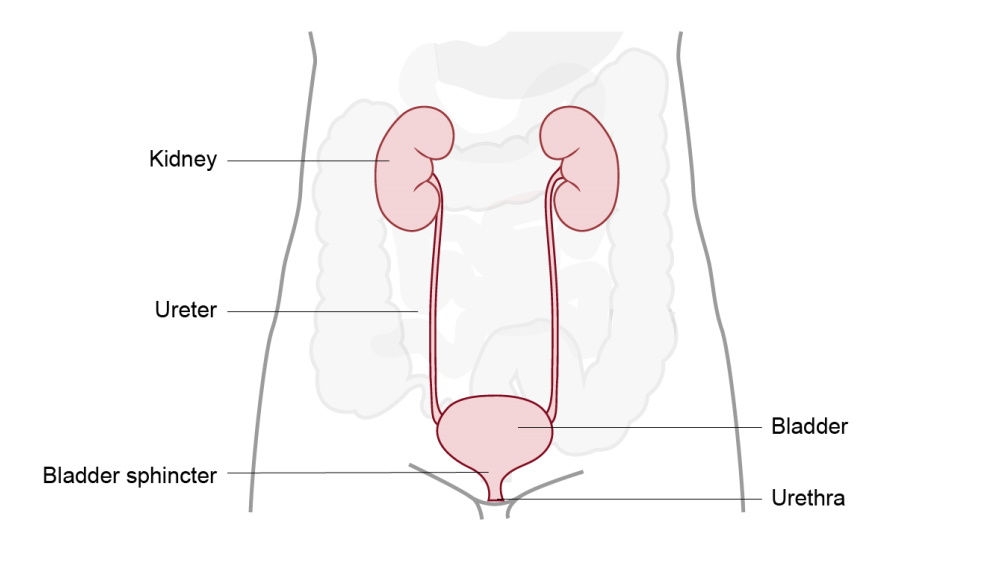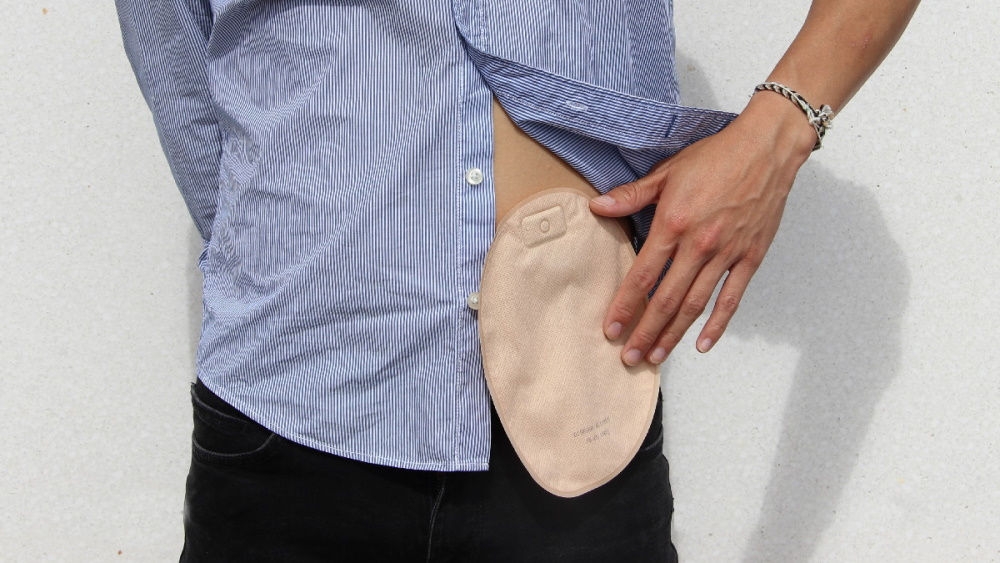No content results match your keyword.
Content
You have successfully logged out.
Not registered yet?
No content results match your keyword.
Content
No product results match your keyword.
Products
Function and types
The Greek word stoma translates literally to mouth and refers to an artificially created opening in the body to a holly organ. Such a surgical opening is often found on the abdomen to remove body waste (feces or urine). In many cases, the creation of a stoma is the last solution that can alleviate illness, obstruction or pain. Stomas are also called ostomies and there are different types.
You have just learned that you need a stoma? Rest assured that it is likely the solution for your medical condition.
Different types of stomas
There are different stomas, depending on which organ is affected and the type of surgery. A surgical opening of the urinary tract, a urostomy, is usually permanent. Stomas in the digestive tract, colostomies or ileostomies, can be permanent or are created for a limited period of time and then reversed. You may require a temporary colostomy or ileostomy if part of your colon needs time to heal after injury, trauma or an underlying disease. In this case, the outflow of the digestive tract is preserved. However, sometimes a permanent stoma is unavoidable.

Stoma on the digestive tract

A colostomy is a surgical opening on the surface of the abdomen to divert feces through a hole in the colon and through the abdominal wall. An ileostomy is created from the small intestine, the ileum to bypass the rectum or colon.

A distinction is made between a right or ascending colostomy, a transverse colostomy or a left colostomy including the descending or sigmoid colostomy. Depending on the stoma position the stool consistency varies from liquid (ascending colostomy nearby the ileum or right colostomy) to semi-liquid up to formed stool (sigmoid or left colostomy).
Stomas are created to disconnect the distal part of the digestive or urinary tract, e.g. because it has to be removed or needs time to heal. We invite you to watch the video to understand the healthy functioning of the digestive tract and possible dysfunctions leading to a stoma creation.
Stoma on the urinary tract

The kidneys of the urinary tract filter the blood and produce urine, which is then passed through the ureters to the bladder. The bladder acts as a urine reservoir and is emptied by the sphincter. Full voluntary emptying is possible only if the muscles and nerves in the bladder wall are working correctly.

A urostomy is a surgical opening made to drain urine from the kidneys, after a part of the urinary tract has been damaged (e.g. bladder cancer, trauma). There are two main types of urostomies:

After your stoma surgery you will need to use a stoma bag. A stoma or ostomy bag is a removable plastic bag which is sealed to the peristomal skin to collect the effluent from the digestive tract or urinary tract. There are many different bag types that can be used depending on the individual stoma types, conditions and preferences.
Your stoma, a start in a new life